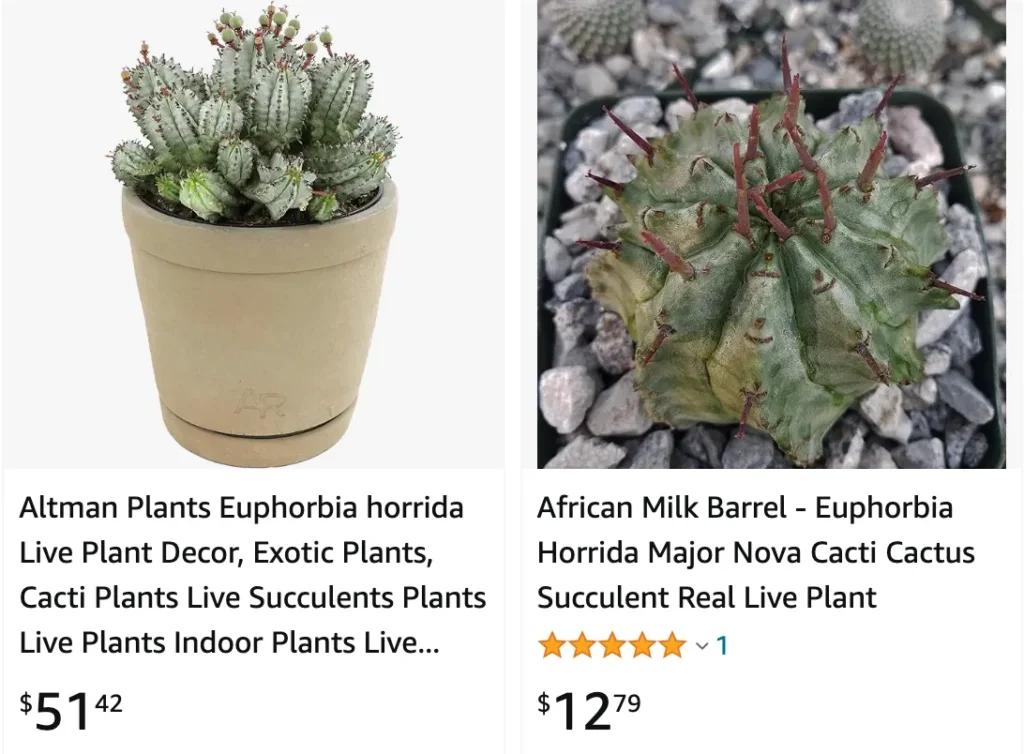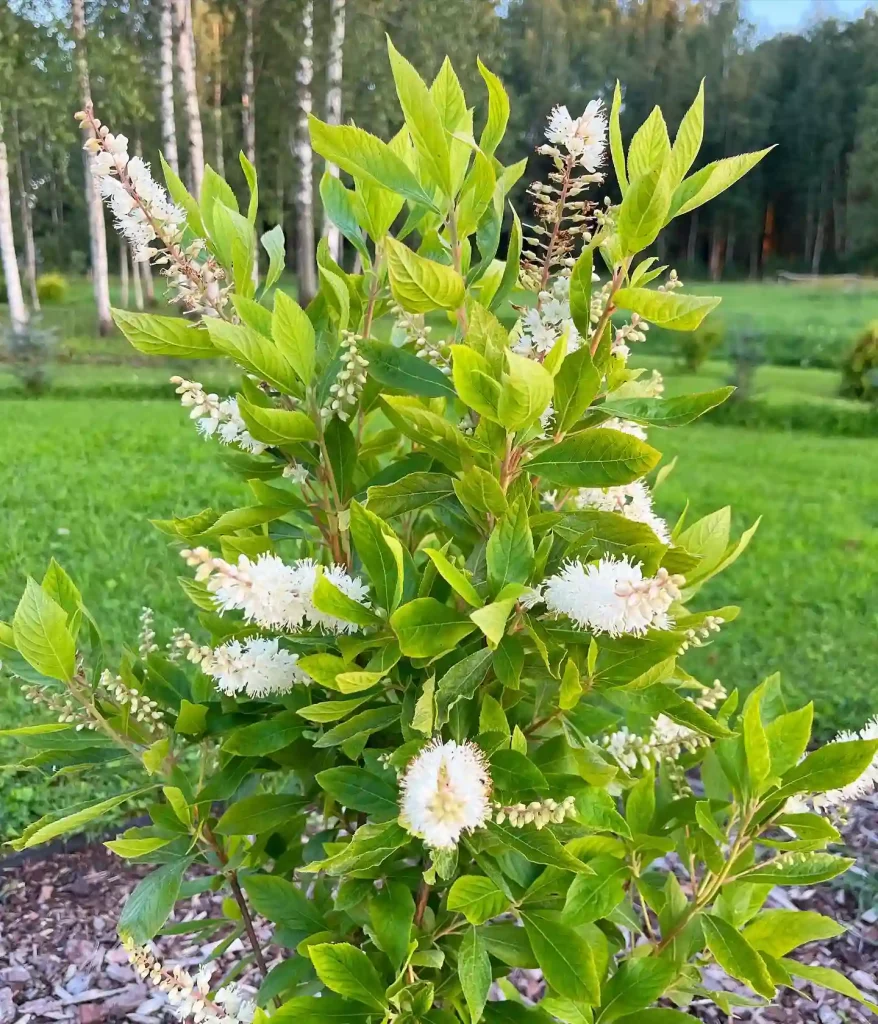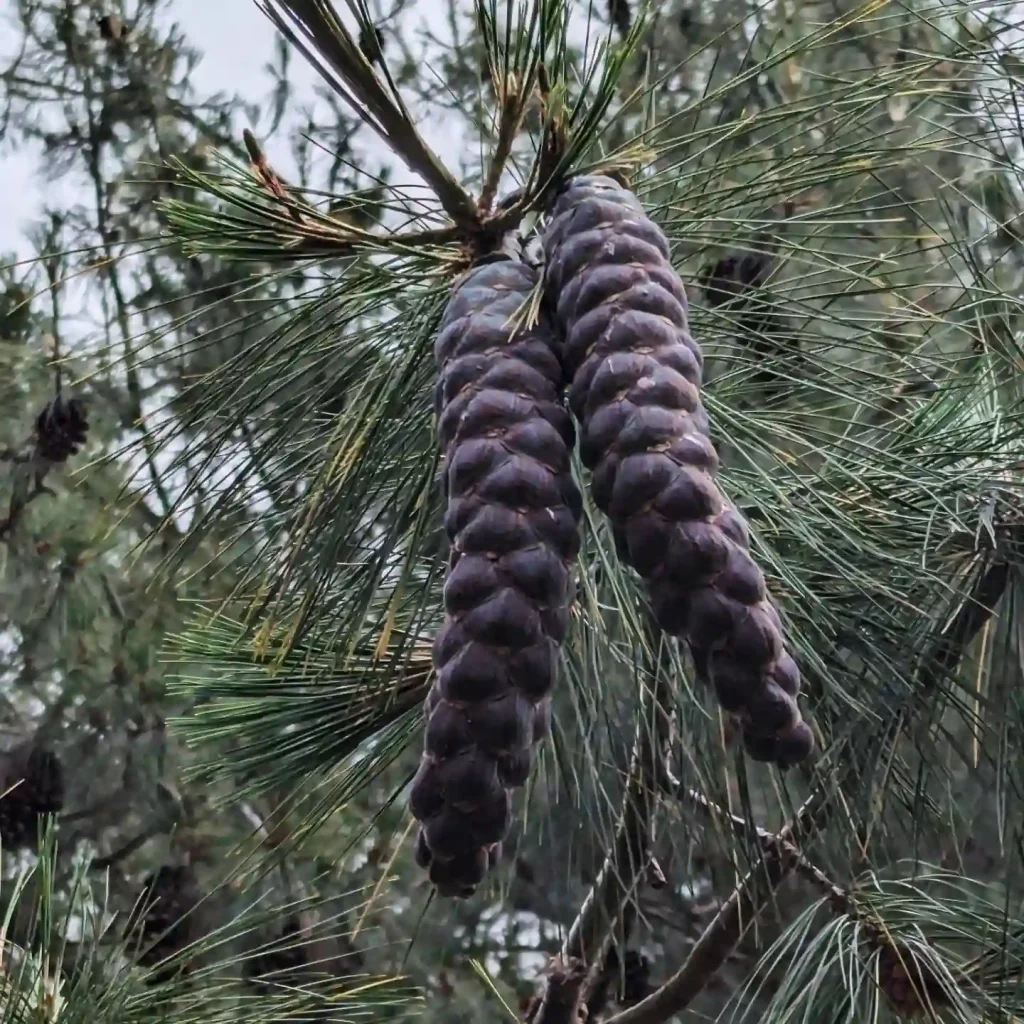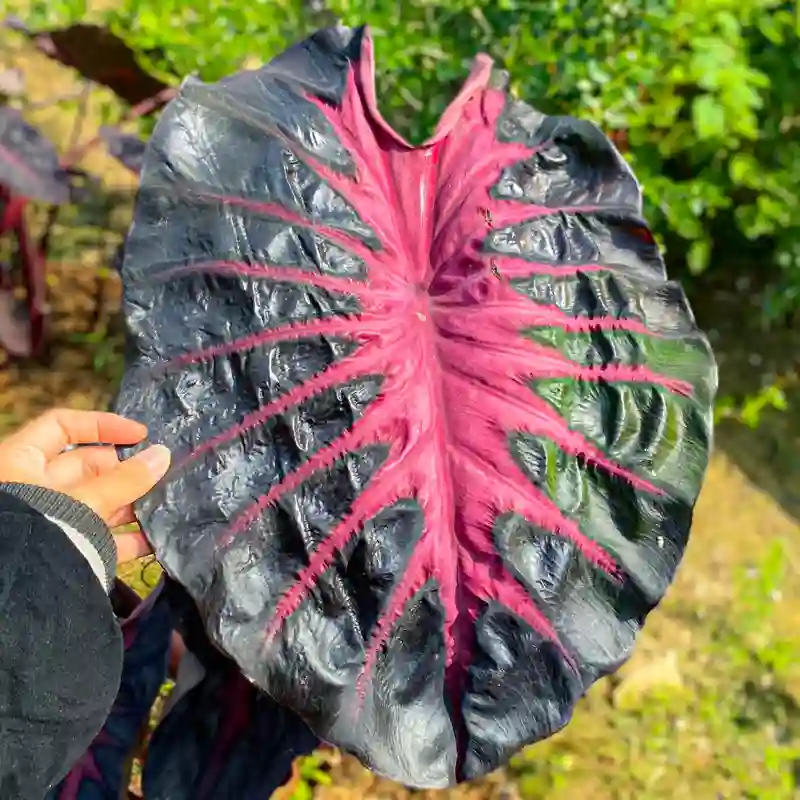
The Alluring Euphorbia horrida: A Spiky Yet Stunning Succulent
Euphorbia horrida, also known as the African milk barrel, has captivated me for years. This succulent isn’t your average leafy friend. With its plump, blue-green, spiny stems and architectural form, it resembles a miniature cactus more than anything. But unlike the prickly pears of the desert, the Euphorbia horrida hails from South Africa, a testament to the wonders of convergent evolution.
For succulent enthusiasts like myself, the Euphorbia horrida offers a unique challenge and a whole lot of reward. It’s not the easiest plant to care for, but with a little know-how, it can become a stunning focal point in any home.
2093 Species in Genus Euphorbia
What is Euphorbia horrida?
The Euphorbia horrida is a succulent shrub belonging to the Euphorbiaceae family. These aren’t your typical flowering plants. Euphorbias, like the Euphorbia horrida, are known for their unique latex sap, which can be an irritant. Despite the spiky exterior and potential sap hazard, the Euphorbia horrida boasts undeniable beauty. Its plump, segmented stems are ridged and covered in dark spines, creating a captivating textural contrast. In summer, the plant produces solitary green flowers, adding a touch of unexpected softness to its spiky persona.
How to Care for Euphorbia horrida?
Taking care of a Euphorbia horrida requires a bit more attention than your average succulent. Here are some key things to remember:
- Light: This South African native thrives in bright, direct sunlight. Aim for at least 6 hours of sunlight a day. South-facing windows are ideal.
- Watering: Unlike some succulents, the Euphorbia horrida doesn’t appreciate constantly soggy soil. Allow the soil to dry completely between waterings. During the winter months, you can water even less frequently.
- Soil: Opt for a well-draining succulent or cactus mix. Good drainage is crucial to prevent root rot.
- Temperature: The Euphorbia horrida prefers warm temperatures, ideally between 65°F and 80°F (18°C and 27°C). Be mindful of cold drafts, especially during winter.
- Potting: Choose a pot with good drainage holes. Clay pots are a good option as they allow for better air circulation. Repot only when the plant outgrows its current container.
Is Euphorbia horrida poisonous?
Yes, the Euphorbia horrida is indeed poisonous. The milky white sap it contains can be irritating to the skin and eyes. It’s important to wear gloves when handling the plant and to keep it out of reach of children and pets. If the sap comes into contact with your skin, rinse thoroughly with clean water. If it gets in your eyes, seek immediate medical attention.
How to Propagate Euphorbia horrida?
Propagating the Euphorbia horrida is a fun way to expand your collection or share this unique succulent with friends. Here’s how:
- Use stem cuttings: During the growing season, take a healthy stem cutting with a few segments. Allow the cut end to callous over for a few days before planting it in a well-draining cactus mix. Water sparingly until new growth appears.
- Be cautious with the sap: Remember to wear gloves when handling cuttings to avoid skin irritation from the sap.
Additional Tips
- Be mindful of the spines: The Euphorbia horrida’s spines are quite sharp. Handle the plant with care and wear gloves when necessary.
- Enjoy the flowers: Though short-lived, the green flowers that appear in summer add a delightful touch to the plant’s overall look.
- Winter care: During winter, reduce watering significantly and provide bright, indirect sunlight.
With proper care and a little respect for its spiky nature, the Euphorbia horrida can become a cherished companion in your home. Its unique form, captivating texture, and surprising beauty make it a succulent worth getting to know.
If i die, water my plants!



